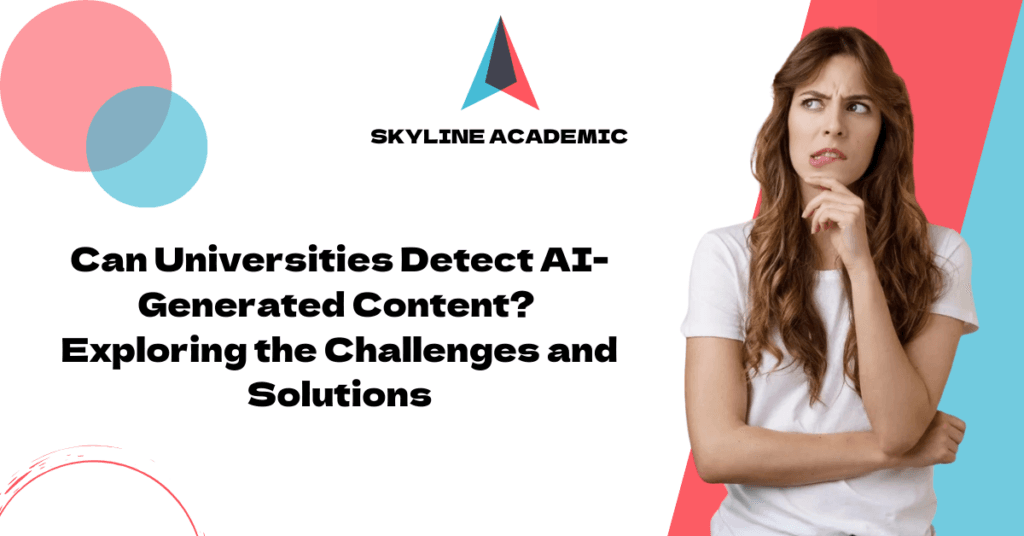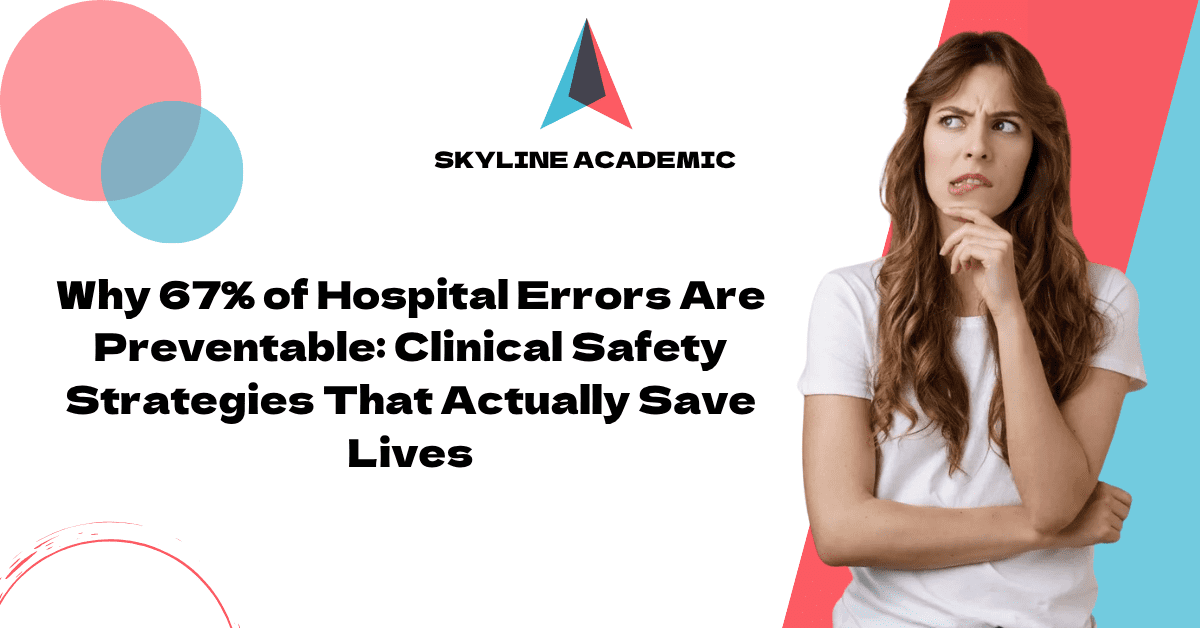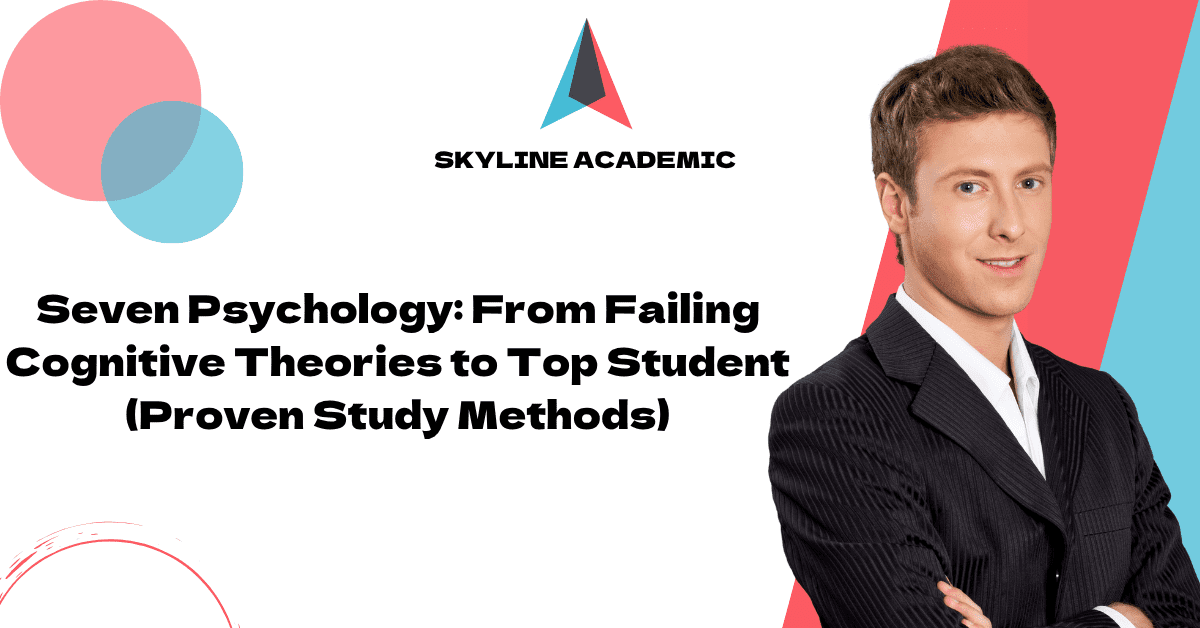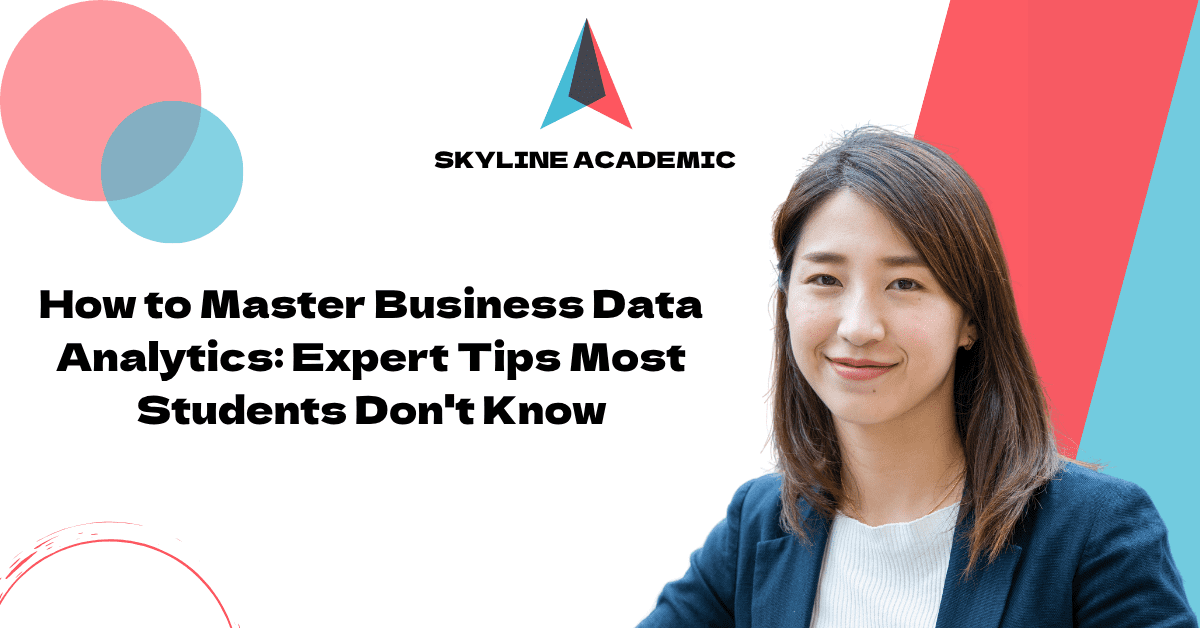The Growing Popularity of AI-Generated Content
AI tools have become essential for many students as they have the ability to generate coherent and high-quality text in a very short time.
With these tools, students can:
- Draft essays on complex topics.
- Generate references and citations.
- Rewrite or paraphrase existing content.
While AI is a very effective learning tool, its misuse brings on the academic dishonesty problem. For a very long time, universities have battled against plagiarism, but AI has now introduced an advanced form of plagiarism. It does not use the same words, which is the reason why it is really hard to trace with older methods.
Furthermore, AI-generated content looks authentic because it is taken from large collections of data. This allows students to produce work that looks new and well-structured, and they can bypass even the most basic checks. For teachers, this problem is worse because these technologies are changing so rapidly that older methods of detecting problems are becoming less useful.
Challenges in Detecting AI-Generated Content
Lack of Clear Indicators
The content generated by AI does not carry the most noticeable features of plagiarism, such as matching phrases or a direct replica of content that is easily traceable through the internet. Instead, it produces texts readable and coherent in the style of human writing. Traditional plagiarism-detecting software, such as Turnitin and Grammarly, is less likely to work well. Even professional teachers may have a hard time detecting AI-written work if it is well-crafted and lacks obvious errors.
Rapid Advancements in AI
AI models continue to improve in this regard and better replicate natural language. Current tools can now make more sophisticated responses, sometimes appropriately contextual, that it has become very challenging to distinguish human text from AI text. Newer models have fewer errors and increasingly complex reasoning and they seem to understand context far better.
Ethical and Privacy Concerns
Even with an advancing detection tool, there are still concerns about privacy and ethics. Universities should be careful not to infringe on students’ rights by scrutinizing their submissions in a way that may breach their privacy. Over-zealous scrutiny or over-reliance on intrusive detection software may trigger student backlash and opposition from interest groups if methods of detection are not transparent.
Time and Resource Constraints
Scanning essays for AI usage is time-consuming and resource-intensive in nature. Many colleges do not have a budget for setting up such detection systems, especially when dealing with the submissions of thousands of students. Manual reviews take too much time, and automated solutions are still in their nascent stages, often producing false positives or false negatives.
Student Adaptation
As detection methods improve, so do the students’ ways to evade them. For example, students may alter AI-generated content by rephrasing it or introducing minor errors to make it appear more human. This presents more challenges for universities that want to maintain academic honesty.
Potential Solutions for Detecting AI-Generated Content
Digital Watermarking
Some AI developers are exploring the idea of adding invisible “watermarks” to text created by AI. These markers can be found by special tools, helping universities identify AI-made content more accurately. This method could reliably tell apart human and AI-generated content without invading students’ privacy.
Training Faculty and Staff
Teachers are uniquely placed to pick up on writing that is unusual for a student’s work. Using faculty members specifically trained to identify the many red flags that accompany AI-generated content can complement technological detection tools and add a much-needed human layer of analysis.
Redesigning Assessments
To prevent the misuse of AI, universities can design assessments in ways that make it difficult for AI tools to generate meaningful content. These include:
- In-Class Writing Assignments: Supervised writing for authenticity.
- Oral Presentations: Students must voice their perceptions, which AI cannot.
- Personalized Assignments: If assignments are related to students’ personal experiences or local conditions, AI cannot generate relevant content.
Promoting Academic Integrity
Universities can adopt various strategies to combat the misuse of AI, such as:
- Emphasizing the value of original work.
- Providing resources to help students understand the ethical implications of using AI.
- Offering workshops on the proper use of AI tools for learning and research purposes.
The Role of Universities in Shaping the Future
Universities face a rigorous test due to the rapid advancement of artificial intelligence. They must adapt to these changes while preserving academic integrity. This requires balancing the integration of AI as an educational tool while remaining vigilant about its potential for misuse. Institutions must encourage ethical leadership while ensuring that AI is used responsibly.
Collaboration is crucial in addressing this challenge. Universities, AI developers, and policymakers must work together to devise adaptive detection tools and establish ethical guidelines for AI use in education. Partnerships with AI development companies may help improve detection tools and offer deeper insights into AI-generated content.
If universities succeed in instilling values like honesty and responsibility in students, they can play a vital role in shaping the future of AI usage both in academia and society at large.
Key Takeaways
- The rapid development of AI tools makes detection increasingly difficult, requiring universities to adopt innovative approaches.
- Effective detection strategies include AI-based detection tools, digital watermarking techniques, faculty training, and redesigned assessments.
- Collaboration between universities, AI developers, and policymakers is essential for developing robust detection solutions.
- A proactive approach to academic integrity will ensure that AI is used responsibly and ethically.
At Skyline Academic, we remain committed to exploring these critical issues in depth. We strive to make sense of complex challenges and provide insights to help navigate the rapidly evolving educational landscape. By maintaining awareness and adopting a forward-thinking approach, we can ensure that AI serves as a tool for progress rather than compromise.



